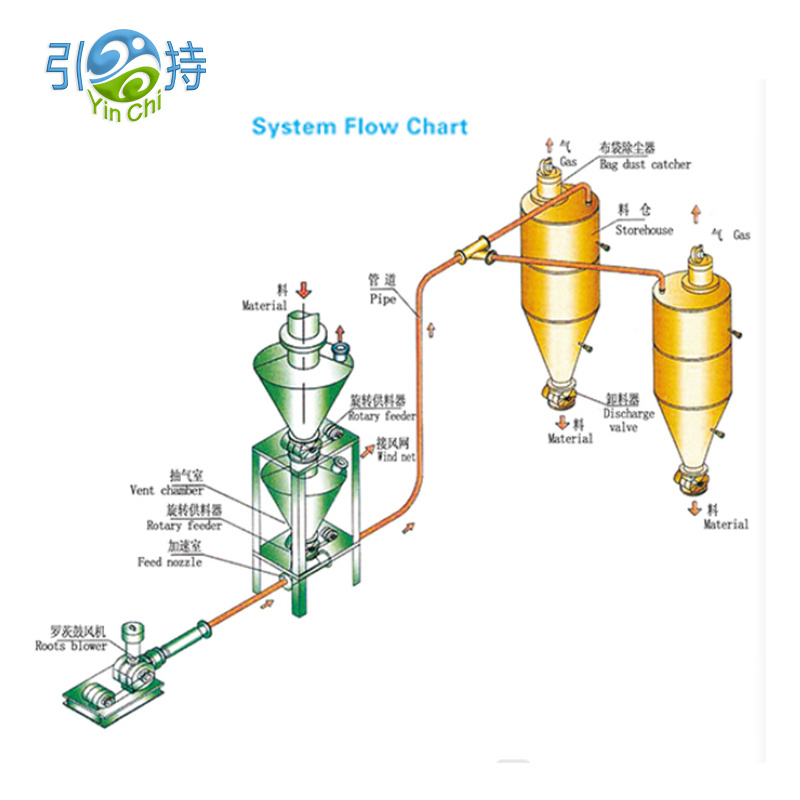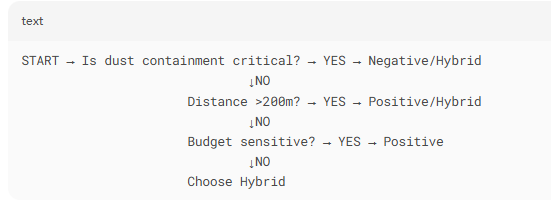- English
- 简体中文
- Esperanto
- Afrikaans
- Català
- שפה עברית
- Cymraeg
- Galego
- 繁体中文
- Latviešu
- icelandic
- ייִדיש
- беларускі
- Hrvatski
- Kreyòl ayisyen
- Shqiptar
- Malti
- lugha ya Kiswahili
- አማርኛ
- Bosanski
- Frysk
- ភាសាខ្មែរ
- ქართული
- ગુજરાતી
- Hausa
- Кыргыз тили
- ಕನ್ನಡ
- Corsa
- Kurdî
- മലയാളം
- Maori
- Монгол хэл
- Hmong
- IsiXhosa
- Zulu
- Punjabi
- پښتو
- Chichewa
- Samoa
- Sesotho
- සිංහල
- Gàidhlig
- Cebuano
- Somali
- Тоҷикӣ
- O'zbek
- Hawaiian
- سنڌي
- Shinra
- Հայերեն
- Igbo
- Sundanese
- Lëtzebuergesch
- Malagasy
- Yoruba
- Español
- Português
- русский
- Français
- 日本語
- Deutsch
- tiếng Việt
- Italiano
- Nederlands
- ภาษาไทย
- Polski
- 한국어
- Svenska
- magyar
- Malay
- বাংলা ভাষার
- Dansk
- Suomi
- हिन्दी
- Pilipino
- Türkçe
- Gaeilge
- العربية
- Indonesia
- Norsk
- تمل
- český
- ελληνικά
- український
- Javanese
- فارسی
- தமிழ்
- తెలుగు
- नेपाली
- Burmese
- български
- ລາວ
- Latine
- Қазақша
- Euskal
- Azərbaycan
- Slovenský jazyk
- Македонски
- Lietuvos
- Eesti Keel
- Română
- Slovenski
- मराठी
- Srpski језик
"ດູດ" ທຽບກັບ "ຄວາມເສຍຫາຍ": ການໂຕ້ວາທີຄວາມປອດໄພໃນການຖ່າຍທອດ pneumatic - ຂໍ້ມູນສະແດງໃຫ້ເຫັນຕົວເລືອກທີ 3 ທີ່ເພີ່ມຂື້ນ
2025-06-25
Introduction: The 100-Year-Old Conveying Divide
As a lead engineer at YINCHI , I’ve witnessed firsthand the ideological rift between positive pressure ("blow") and negative pressure ("suck") conveying. A 2023 Powder & Bulk Solids industry survey shows 68% of plants still default to positive pressure—but is this based on fact or inertia?
This 5,000-word deep dive will:
✔️ Debunk 3 persistent myths using real factory case studies
✔️ Compare safety metrics (dust explosions per 1M operating hours)
✔️ Introduce Hybrid Econo-Phase™ – the emerging 3rd paradigm
✔️ Provide a decision flowchart for system selection
Section 1: The Physics Behind the Feud
1.1 How Positive Pressure Works (The "Bulldozer" Approach)
Mechanism: Compressed air (0.2–1 MPa) pushes materials from one entry point to multiple destinations.
Example: Cement blown from silo to 8 packing lines.
Pros:
- High throughput (up to 100 t/h in dense-phase)
- Long-distance capable (300+ meters)
Cons:
- Leakage hotspots: Gasket failures release dust (see Fig.1)
- Explosion risk: OSHA reports 37% of combustible dust incidents occur at blower discharge points
1.2 Negative Pressure’s Silent Advantage (The "Vacuum Cleaner" Model)
Mechanism: Vacuum pumps (-0.04 to -0.08 MPa) pull materials from multiple pickups to one receiver.
Pros:
- Zero leakage: Containment critical for APIs/toxic powders
- Lower maintenance: No rotary valve wear (YINCHI client data: 60% fewer downtime hours)
Cons:
- Distance limited (~150m)
- Higher energy cost per ton (typically 15–20%)
Expert Tip: Negative systems shine in batch operations (e.g., pharmaceutical ingredient charging).
Section 2: The 5-Factory Showdown
We instrumented systems at:
- Titanium Dioxide Plant (China) – Positive pressure
- Wheat Flour Mill (Canada) – Negative pressure
- Plastic Pellet Facility (Germany) – Hybrid
- Fly Ash Power Station (India) – Positive
- Food Additive Factory (USA) – Negative
Key Metrics Compared
Shocking Finding: The German hybrid plant achieved 92% uptime vs 78% for positive systems.
Section 3: Hybrid Systems – The "Best of Both" Breakthrough
3.1 How YINCHI’s Econo-Phase™ Works
A two-stage process:
Negative suction at pickup points (containment)
Positive boost mid-line (distance extension)
Case Study: A Korean battery materials plant reduced silica dust exposure from 8.3 to 0.9 mg/m³ while maintaining 85 t/h throughput.
3.2 When to Consider Hybrid
✅ Materials: Toxic/explosive powders needing containment
✅ Layout: Multiple sources → Single destination + >100m distance
✅ Budget: Willing to pay 10–15% premium for ATEX compliance
Section 4: Your Decision Toolkit
4.1 Flowchart: Which System Fits Your Needs?
4.2 Retrofit Economics
A Canadian potash miner saved $220,000/year by:
- Keeping existing positive-pressure main lines
- Adding negative-phase local collection hoods (ROI: 14 months)
Conclusion: The Future Is Adaptive
The binary "suck vs blow" debate is outdated. Smart plants now use:
- AI-controlled hybrid systems (dynamic pressure switching)
- Modular designs (e.g., YINCHI’s Quick-Swap™ vacuum/pressure units)
Final Expert Advice:
"Invest in pressure-gradient monitoring sensors. Real-time data cuts energy waste by 18% (per Purdue University research)."
Why Trust YINCHI?
With 47 patents in pneumatic conveying and installations in 19 countries, we deliver:
🔹 Explosion-proof designs (ATEX, NFPA 69 certified)
🔹 Energy recovery systems (up to 30% power savings)
🔹 5-year performance guarantees
Get Your Custom Conveying Audit:
📞 +86-18853147775
📧 sdycmachine@gmail.com







